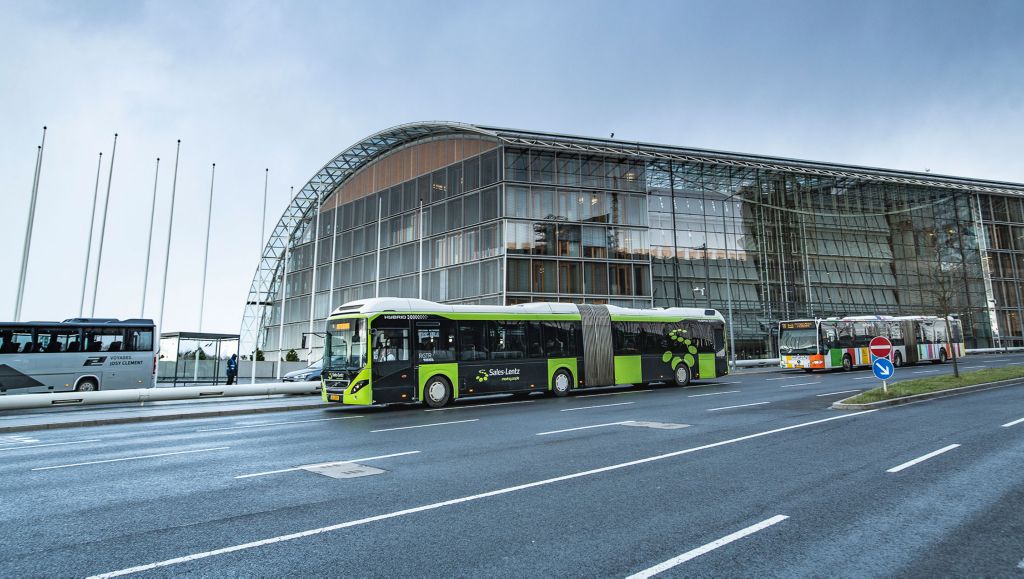Luxembourg takes hybrid technology to new levels


The application of the connected technologies brings it even closer to an electric bus by optimising the energy use to the specific route.
Through Volvo’s system for geofencing, Zone Management, the connected hybrids in Luxembourg are programmed to automatically switch into electric mode in pre-defined areas such as bus stops, main boulevards and residential areas.
“No actions are needed from the driver. The areas are controlled via an off-board system that periodically connects to the buses. The zone properties, such as location and activity time, can be modified dynamically,” says Marcin Seredynski.
However, the bus will only switch to electric mode if there is enough energy in the battery. Therefore, before the zones were set up, Marcin Seredynski and his colleagues did a thorough energy analysis of the route to determine the areas that were most suitable for electric drive. Not all routes can equally benefit from the new solution — it all depends on the operating conditions. Generally, a more diverse route topography and higher average speed allows the solution to bring more benefits.
“For example, route 16 is quite diverse when it comes to both operating speeds and topography. Outside the city centre the bus can drive relatively fast – up to 70 km/h – and the route also has some hilly segments. That allows the full-hybrid system to recover significant amounts of energy, thus have longer segments with high-speed electric drive,” says Marcin Seredynski.
Conventional hybrids use electric mode when leaving stops. By using the advantages offered by geofencing technology, the same bus can now drive in electric mode for up to a kilometre and at speeds of up to 50 km/h. On its way from the airport, the Volvo connected hybrids drive in electric mode when passing all major bus stops and when in the city centre.
“In general, the Volvo connected hybrid can be viewed as a part-time electric bus as it typically spends between 25 and 50 per cent of the operating time in silent and emission-free electric mode. The application of the connected technologies brings it even closer to an electric bus by optimising the energy use to the specific route and consequently increasing the electric distance driven by the hybrid, typically by up to two or three times,” says Marcin Seredynski.
With only 122,000 inhabitants, the city of Luxembourg is one of Europe's smallest capitals. At the same time, every day almost 200,000 people commute from neighbouring Belgium, France and Germany. Since most people go by car, the city has problems with traffic jams in rush hour. Good public transport is a high priority for the country's politicians and in recent years Luxembourg has made major investments in trains, trams and buses.
With a fleet of 620 buses, Sales-Lentz is one of Luxembourg’s largest bus operators. The company has always been at the forefront of new technologies and it was the first to implement Volvo electric buses in Europe.
“As an operator we do everything we can to reduce our C02 footprint and we are always eager to try new solutions that can help Luxembourg become a more attractive place for its citizens,” says Georges Hilbert, General Director at Sales-Lentz.
We are very satisfied with the results. In certain cases, we are able to double the distance the bus is driving in electric mode.